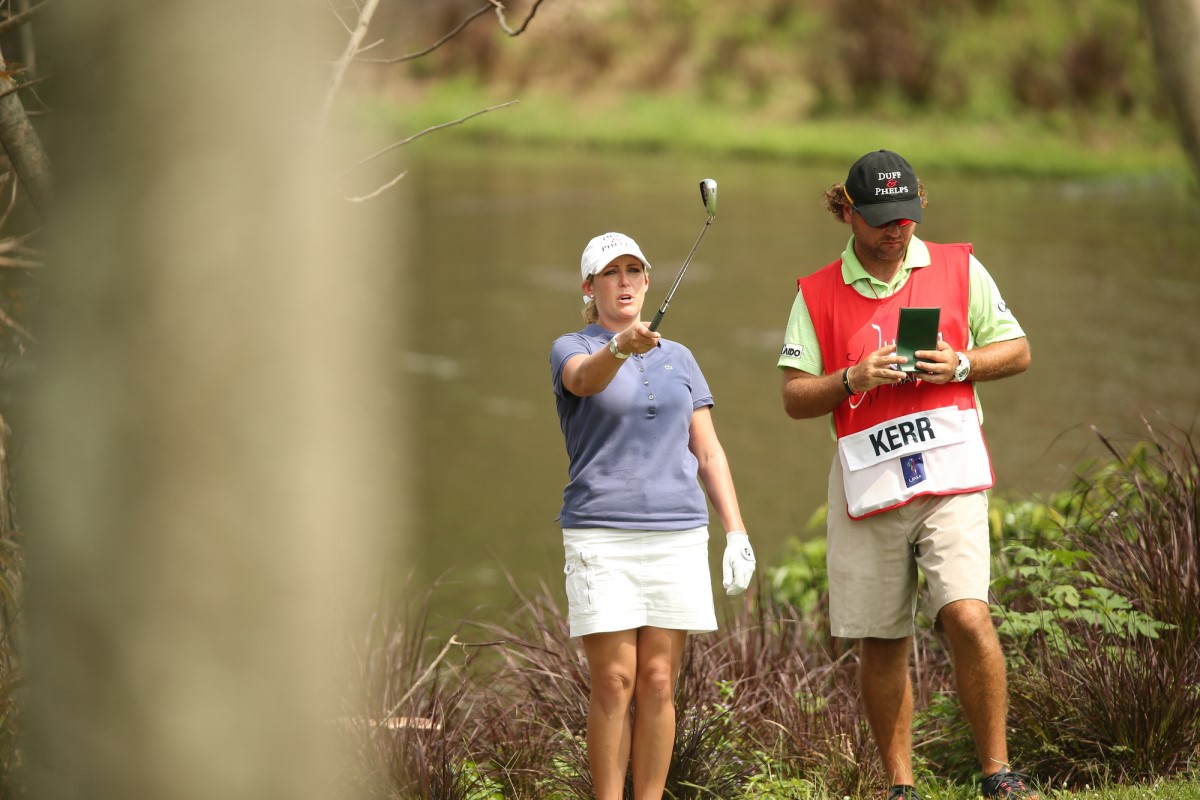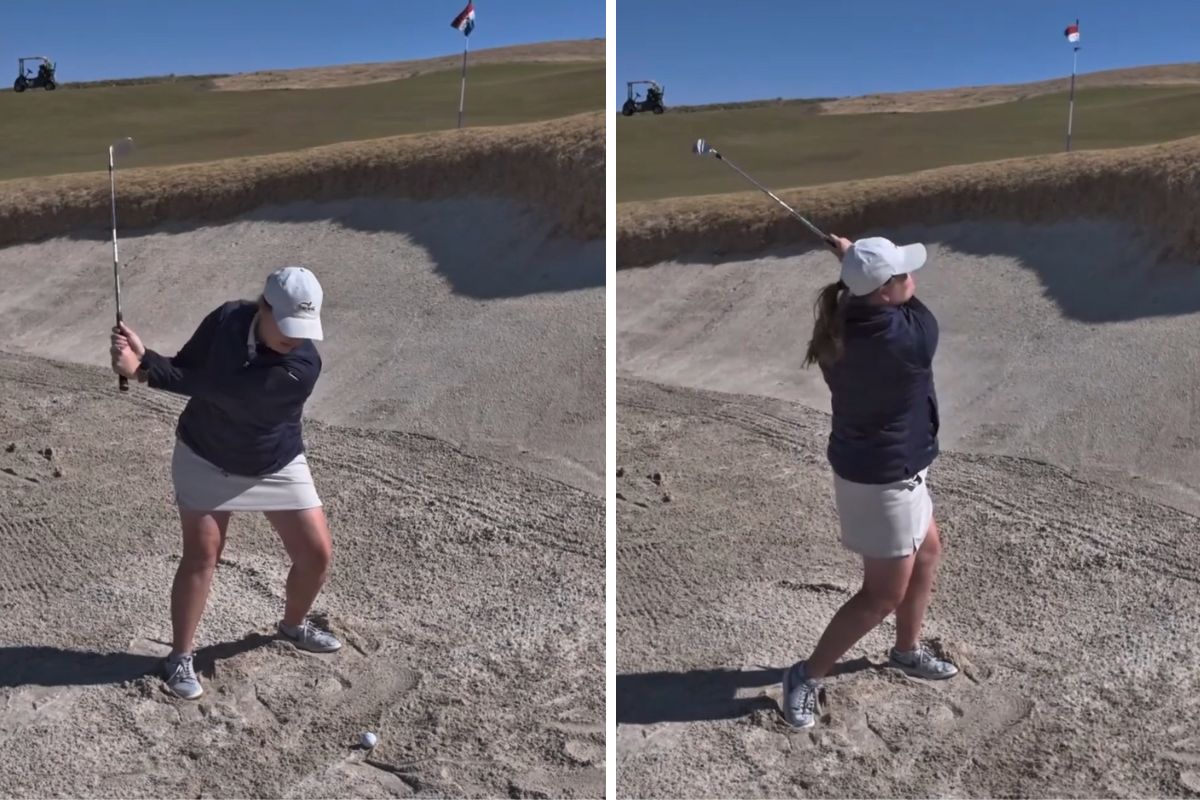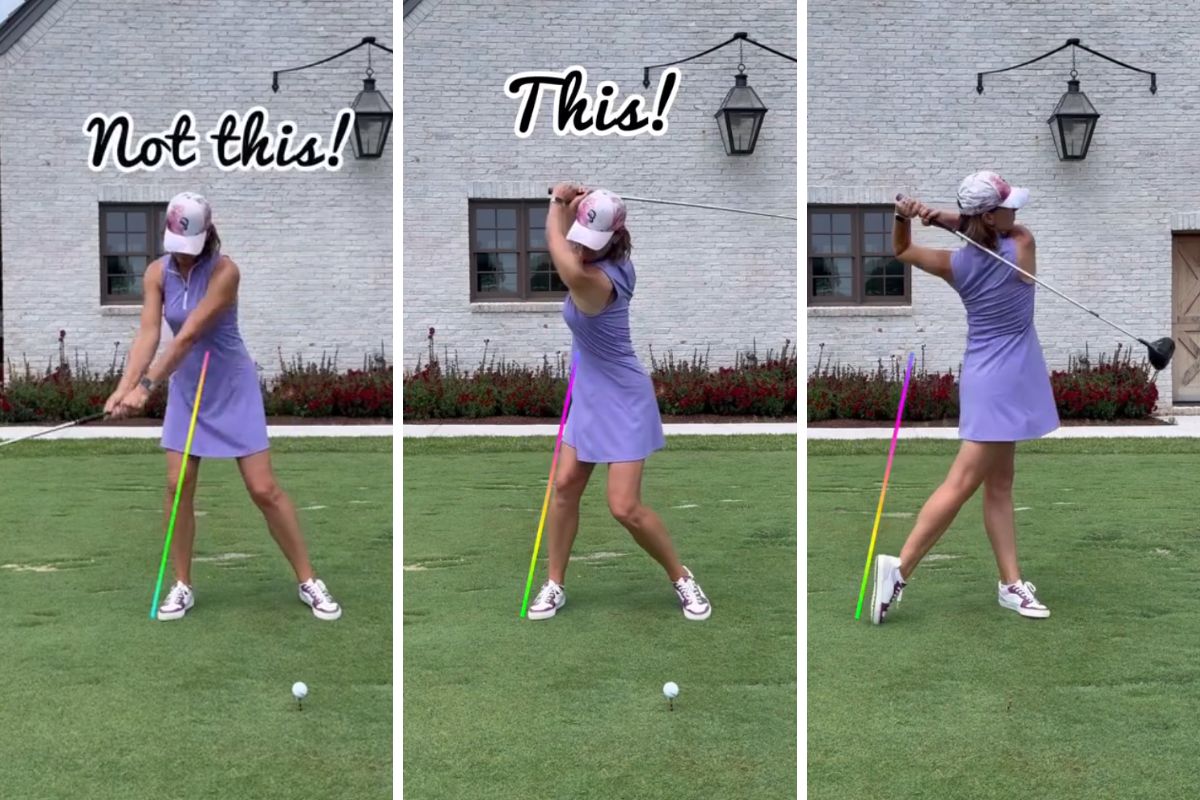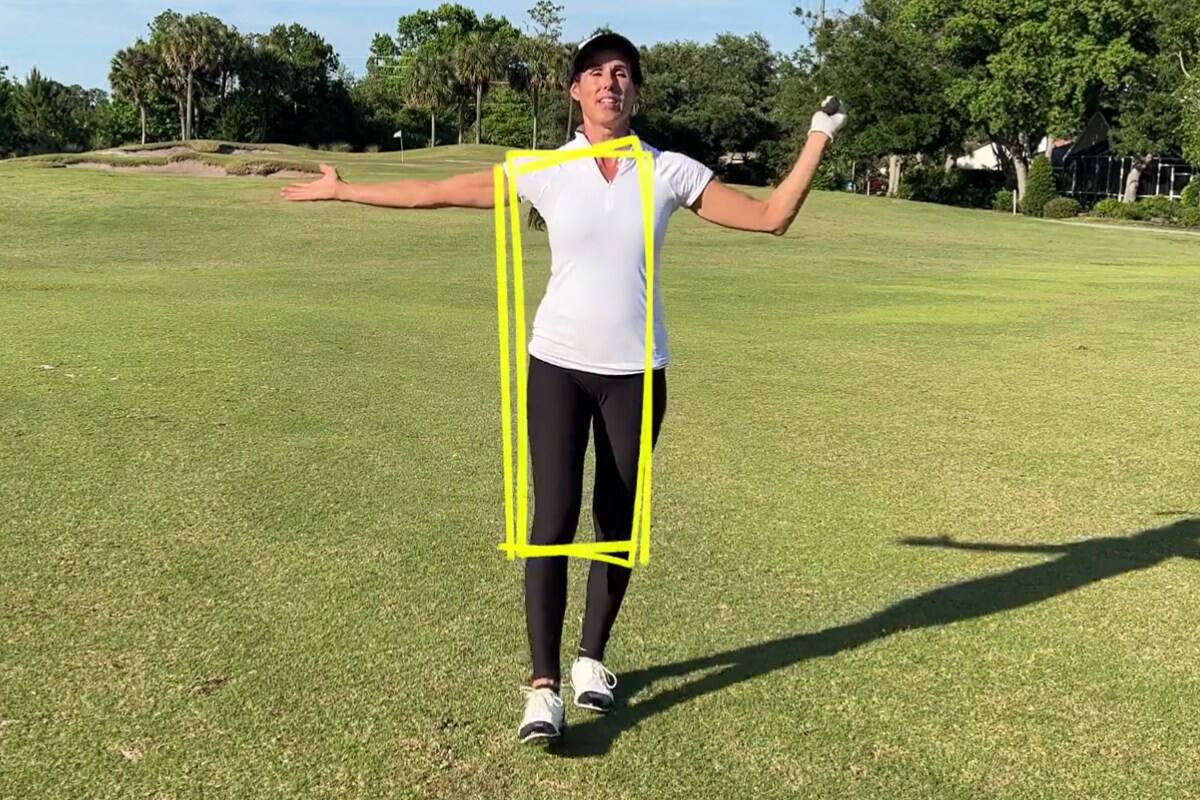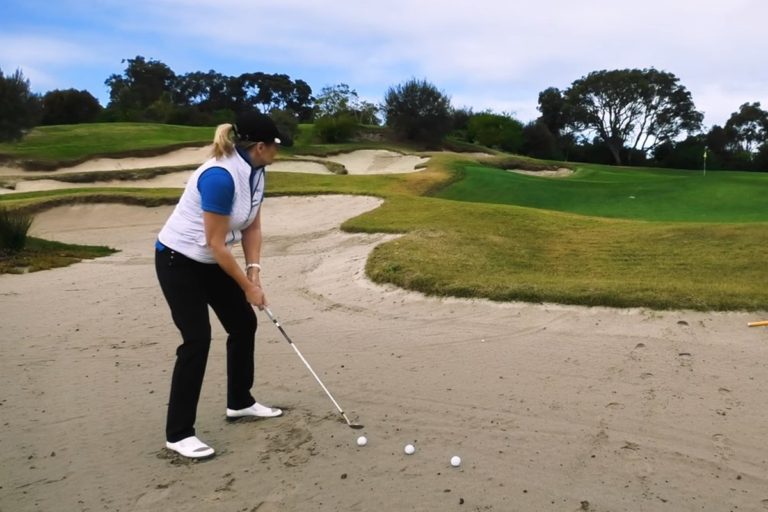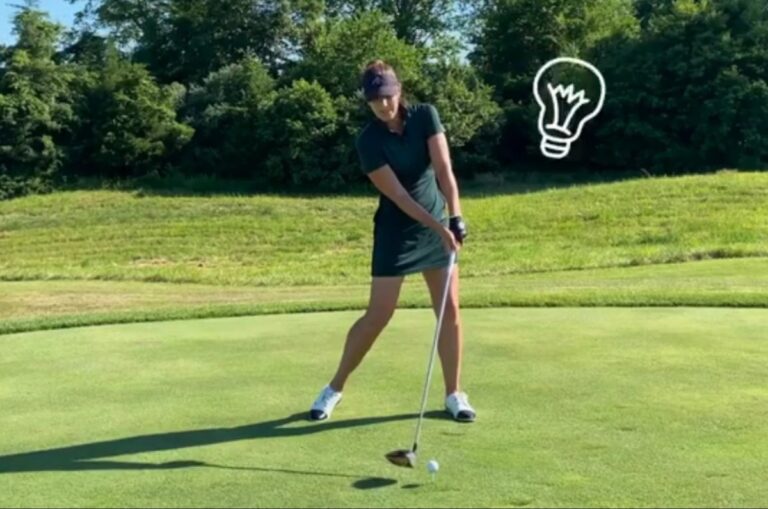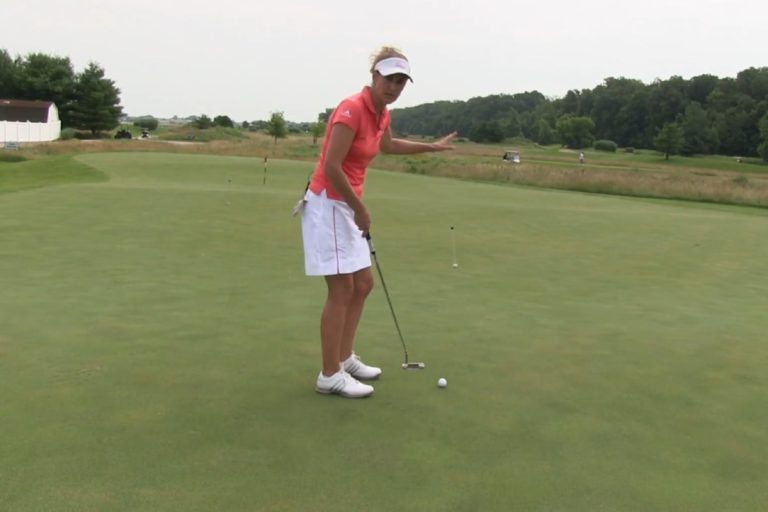When working with all levels of women golfers whether, on the LPGA, Symetra, LET tours or collegiate, junior and amateurs, I always spend time training them in the use of imagery techniques to enhance their performance.
Most golfers will hear TV announcers talk about imagining the ball flight. Jack Nicklaus stated, “I never hit a shot, not even in practice, without having a very sharp in-focus picture of it in my head.” The type of imagery Mr. Nicklaus uses is called Internal Imagery. It is the perspective from behind one’s eyes or first person experience.
External Imagery is the perspective from a video camera’s view. Imagine watching a video of your swing on TV … you will be able to see the entire swing. This type of imagery enhances performance as it can be used to imagine what your swing looks like at different stages. For example, imagine looking at your swing specifically approaching impact. You can “stop” the image at any point and learn about how you placed yourself in the correct position. This specific form of imagery directs your attention to the process of hitting the ball on the line, direction, shape, etc. whereas the other type of imagery focuses on the outcome of the swing.
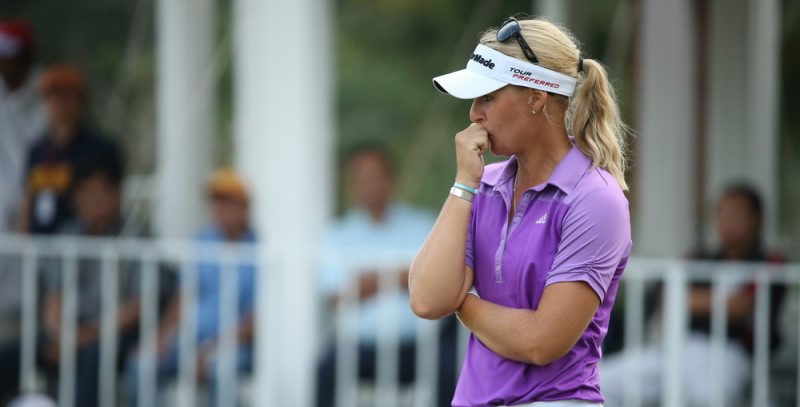
The third form of imagery is proprioception. This is described as the “felt experience” in your body without moving any portion of it. Imagine addressing the ball for full swing, pitch, chip or putt. Now pay attention to creating the sensation of movement in your arms, shoulders, hips, etc. without actually moving any portion of your body – try to “feel” it. You can work on intensifying the feeling each time you are imagining the experience and focus on one very specific portion of your body’s movement. For example, on a chip shot, feel how flat your wrist is at impact. Each time you are imagining through proprioception your brain is firing to the muscle groups almost exactly as it would in “real time. This develops the brain’s pathways and helps improve performance.
I asked Dottie Pepper, winner of 2 majors and 17 LPGA Tour events, about her use of imagery. She replied,
 “I most certainly used imagery as part of my pre-shot routine but it wasn’t just internal imagery for me, and it certainly was not external as I did very little video work ever.
“I most certainly used imagery as part of my pre-shot routine but it wasn’t just internal imagery for me, and it certainly was not external as I did very little video work ever.
My best tournament results were achieved when I could feel the shot (even more than seeing it) happen before it ever happened. Then it becomes a simple matter of executing a previous sensation.
I also believe the audible part is extremely important … and why a putter change or ball change had to match a similar sound to what I already had and why I did not practice exclusively with a headset on.”
Look for future articles on my thoughts on pre-shot routines for woods, irons, approach shots, chips, and putts where imagery will be incorporated.
Dr. Nick

